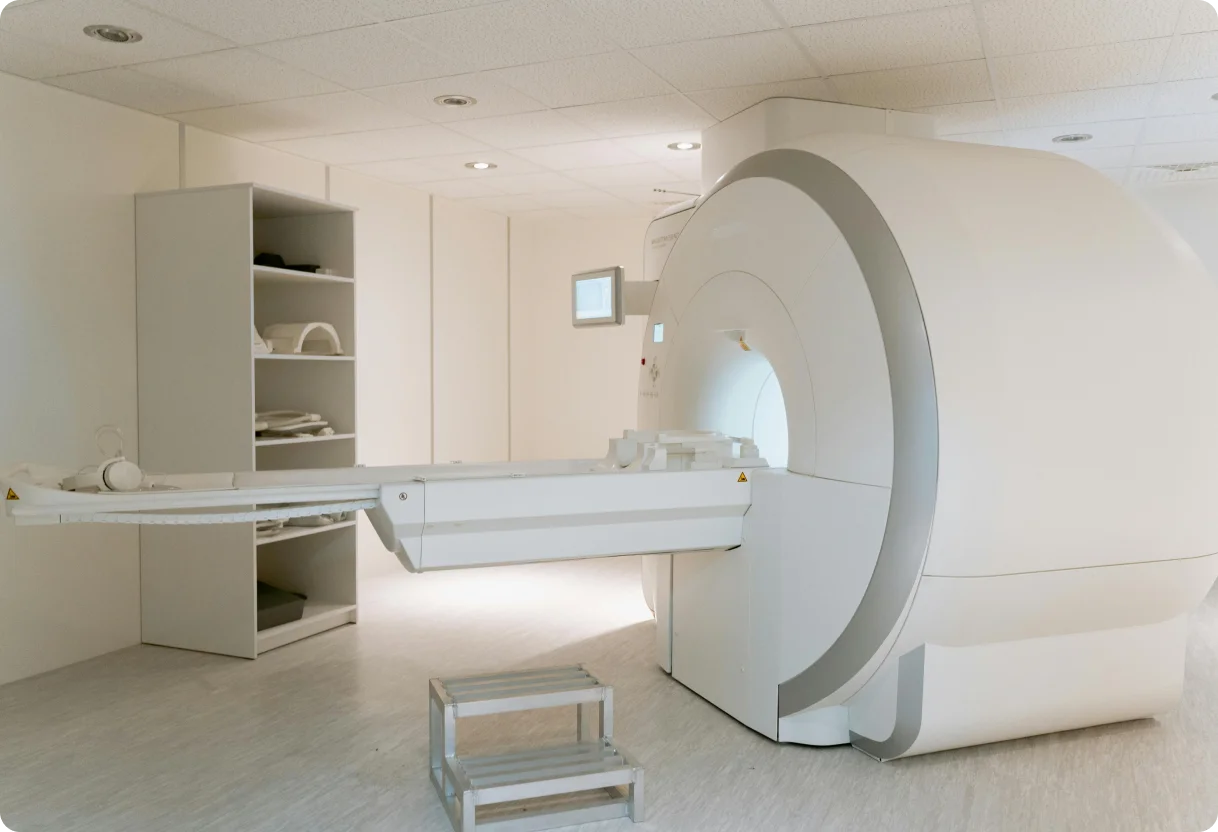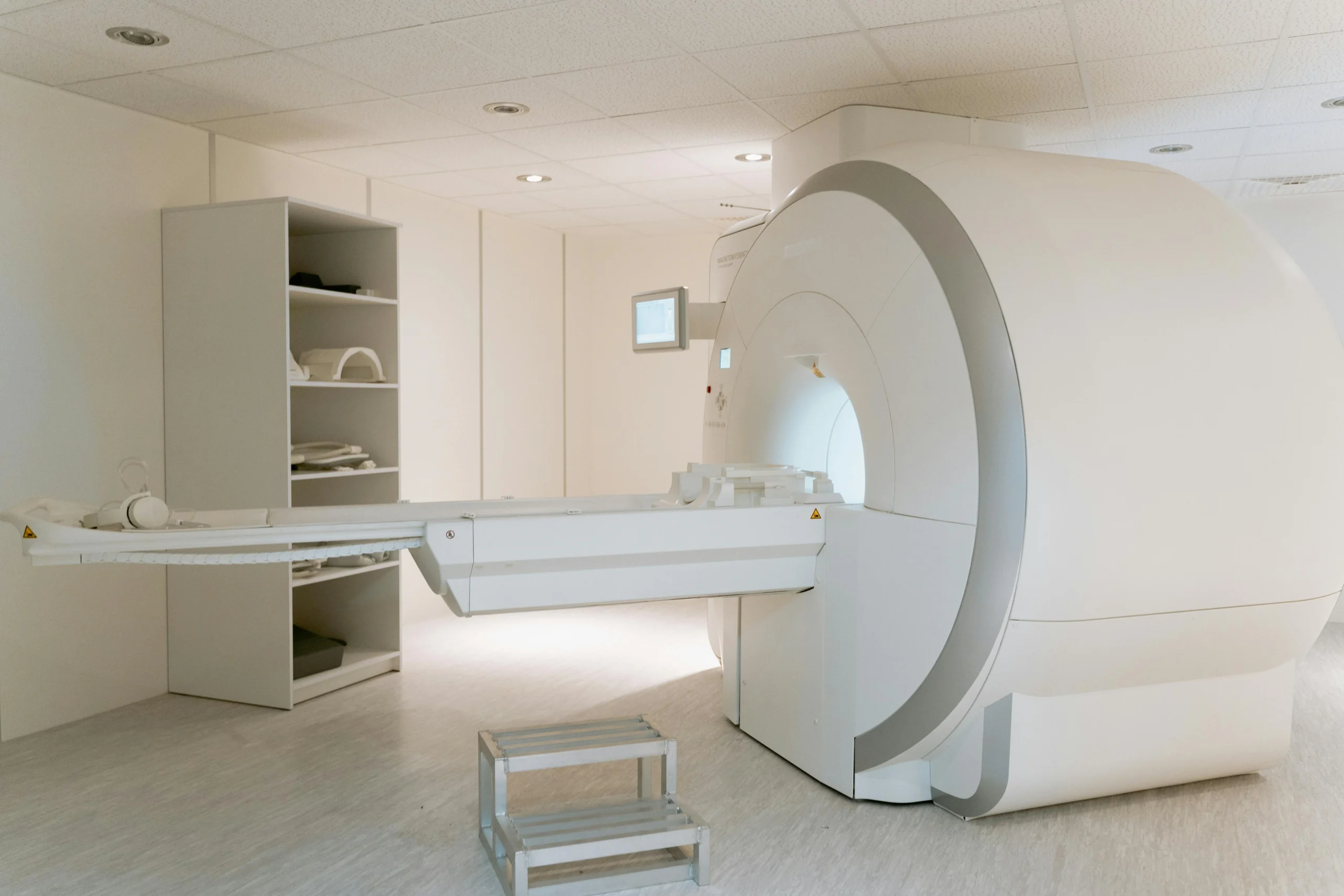What is Paraganglioma
- Paraganglioma is a closely related tumour to Pheochromocytoma. They originate from neve cells termed as sympathetic and Parasympathetic neve ganglia. The most common sites of occurrence are abdomen (80 to 85 %), Chest (10 to 15 %) and neck (3-5 %) around major blood vessels
- They are rare tumours, that can occur in both men and women, and the common age group is between 3 to 5th decade.
- Most of these tumours are not cancerous in their behaviour.
- Some of them can have genetic origin and can occur in more than one location, or in association with pheochromocytoma.
- Paraganglioma may produce hormones termed as catecholamines and elevate blood pressure along with various other manifestation. While some of them may be silent and may not produce any hormones.


Symptoms
Paragangliomas may have following symptoms
- High blood pressure
- Palpitations
- Headache
- Profuse sweating
- Feeling of anxiety or doom
- Abdominal/Back pain
- Swelling at the local site of tumour commonly seen in neck region
- Some patients may not have symptoms and are only diagnosed on screening done as part of tumour burden assessment
- Please ascertain from your doctor if any preparatory steps are needed before the tests, especially inform your doctor of all the medications that you are taking
- Your doctor may decide either 24 hours urine test or a blood test
- These tests need specific instructions for the patient and the laboratory personnel who collects sample which must be ascertained.
- If the laboratory tests suggest a possibility of Pheochromocytoma/Paraganglioma your doctor will plan imaging tests to locate the tumour. These scans may be
- CT scan
- MRI scan
- PET scan
- More than one imaging test may be needed to understand the location of the tumours.
- Sometimes scan done for a very different reasons may locate an unsuspected pheochromocytoma/Paraganglioma.
- Surgery is primary management options and can be done with curative intent if detected early. Alternatively, these tumours may be kept under observation if they are non-secretory, do not produce any symptoms and are stable over a period of observation.
- In the event of multiple tumours, malignant tumours, and Surgically inaccessible tumours other management options that may be used are radiotherapy, chemotherapy or targerted therapy with radio pharmaceutical agents.

WHAT IS
paraganglioma?
SEE THIS PAGE FOR MORE INFORMATION ON COVID-19 & PHEO PARA
Paraganglioma is a closely related tumour to Pheochromocytoma. They originate from neve cells termed as sympathetic and Parasympathetic neve ganglia. The most common sites of occurrence are abdomen (80 to 85 %), Chest (10 to 15 %) and neck (3-5 %) around major blood vessels
They are rare tumours, that can occur in both men and women, and the common age group is between 3 to 5th decade.
Most of these tumours are not cancerous in their behaviour.
Some of them can have genetic origin and can occur in more than one location, or in association with pheochromocytoma.
Paraganglioma may produce hormones termed as catecholamines and elevate blood pressure along with various other manifestation. While some of them may be silent and may not produce nay hormones.
THE SYMPTOMS
Paragangliomas may have following symptoms
- High blood pressure
- Palpitations
- Headache
- Profuse sweating
- Feeling of anxiety or doom
- Abdominal/Back pain
- Swelling at the local site of tumour commonly seen in neck region
Some patients may not have symptoms and are only diagnosed on screening done as part of tumour burden assessment


DIAGNOSIS
Laboratory tests
Blood and urine tests
Please ascertain from your doctor if any preparatory steps are needed before the tests, especially inform your doctor of all the medications that you are taking
Your doctor may decide either 24 hours urine test or a blood test
These tests need specific instructions for the patient and the laboratory personnel who collects sample which must be ascertained.
Imaging
If the laboratory tests suggest a possibility of Pheochromocytoma/Paraganglioma your doctor will plan imaging tests to locate the tumour. These scans may be
CT scan
MRI scan
PET scan
More than one imaging test may be needed to understand the location of the tumours.
Sometimes scan done for a very different reasons may locate an unsuspected pheochromocytoma/Paraganglioma.
TREATMENT
Surgery is primary management options and can be done with curative intent if detected early. Alternatively, these tumours may be kept under observation if they are non-secretory, do not produce any symptoms and are stable over a period of observation.
In the event of multiple tumours, malignant tumours, and surgical in accessible tumours other management options that may be used are radiotherapy, chemotherapy or targerted therapy with radio pharmaceutical agents.

PATIENT RESOURCES
find the resources and information
you need to take action
let’s stay in touch!
Stay up to date with the latest research and news, events we are hosting, and other organizations that we are participating with as we move forward to find a cure!



